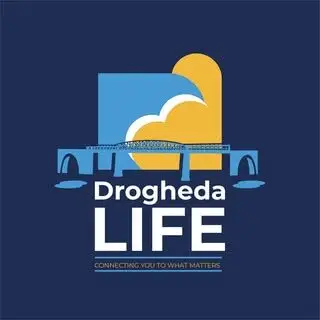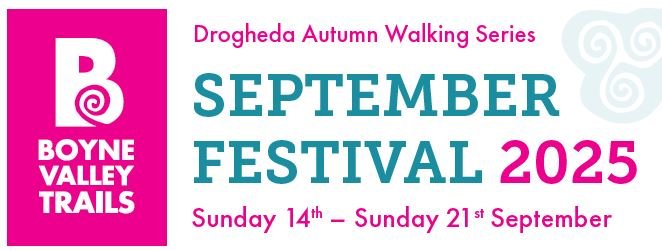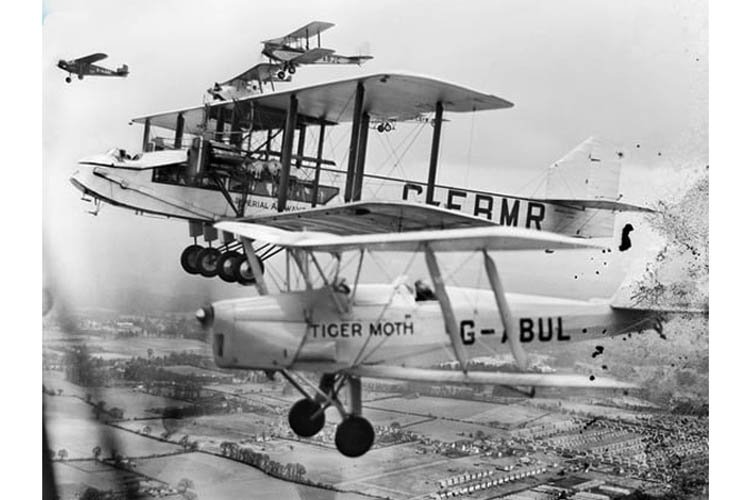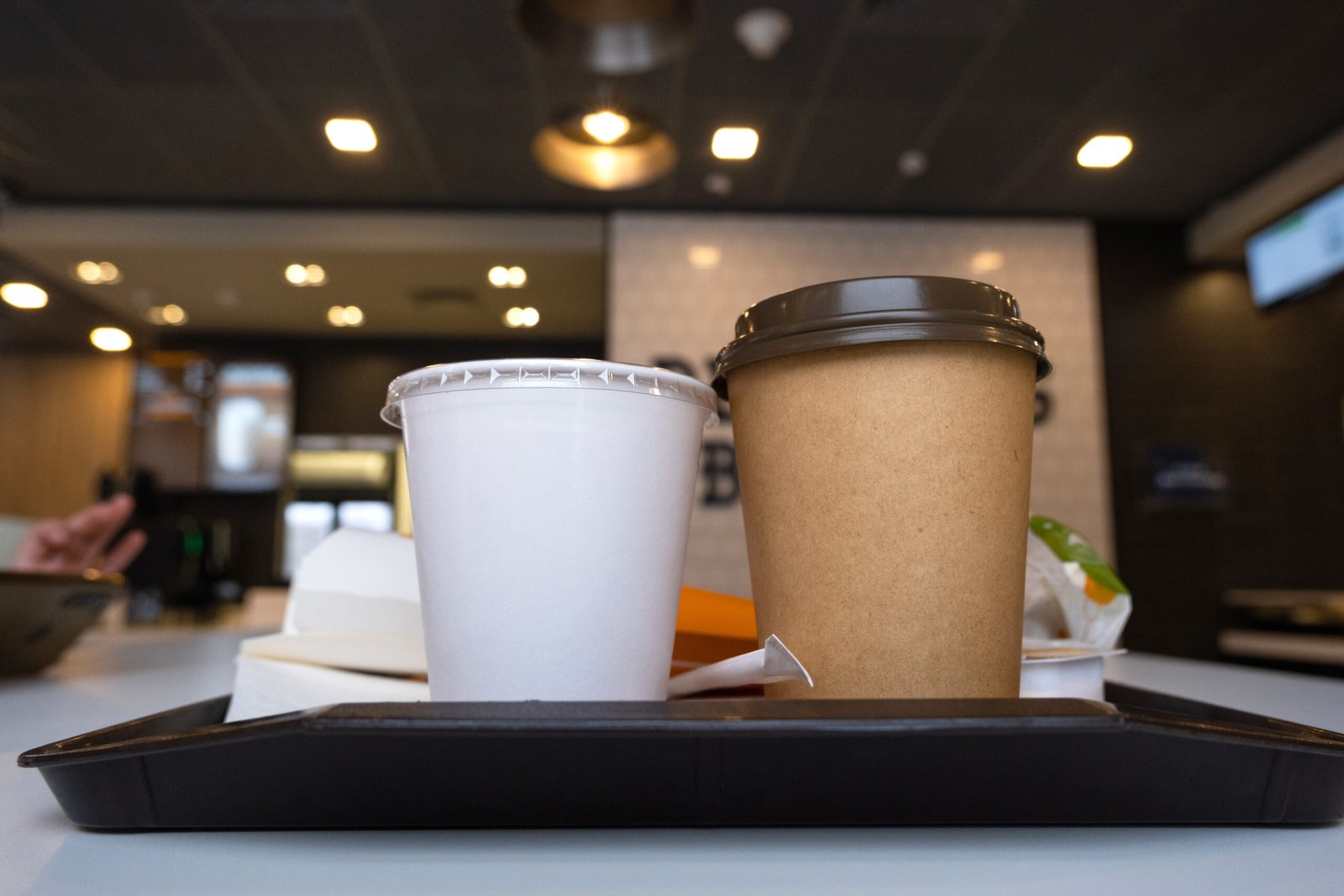By Sean Collins
The first aeroplane spotted in the skies over Drogheda was, according to the late local historian Jim Garry, a French Bleriot machine which was being flown by an aviator called Astley in an air race from Dublin to Belfast.
It crash landed in a field on the Yellowbatter side of Crushrod Lane in Drogheda on the 7th September 1912. People flocked from all over Drogheda went to see the stricken airplane.
There were many more sightings of military planes over Drogheda during the First World War which also provided opportunities for young men to train as pilots, and commercial flight became more popular through the 1920s.
One eager young aviator was Sir Alan John Cobham, KBE, AFC (6/5/1894 – 21/10/1973) who was not only a pioneer aviator in his own right but probably did more to advance the cause of civil aviation than anyone else.
A member of the Royal Flying Corps in World War I, Cobham became famous as a pioneer of long-distance aviation. After the war he worked with a variety of companies including as a test pilot for de Havillands and he championed the cause of domestic flight and encouraged local authorities to construct landing strips in their counties.
In the late 1920s he founded the “Alan Cobham Aero Circus” and in in March 1933 the Evening Herald reported that the Aero Circus had received permission from the Department of Defence to host Aero Circus performances in many parts of Ireland through the summer months and that in addition to “crazy and special flying” short flights at small cost would be available to the general public.

In September 1933 a second tour of Alan Cobham’s Aero Circus was announced, with twenty venues highlighted commencing on the 12th of September in Carlow and concluding on October 1st in Drogheda.
The display consisted of twenty events with flights continuing from noon until dusk. The programme would be given twice daily, at 2 15 pm and 5 45 pm respectively. Air cruises at low charges were given in the three-engined air liners carrying twelve passengers, the most up to date air-liners yet seen in Ireland. Passenger flights would also be available in the lightest types of small aeroplanes including Gypsy-Moths and Siddeley Avros.
The Cobham crew included a staff of sixty and a convoy of 16 road vehichles and 15 aeroplanes. In the days leading up to Sunday 1st October 1933, the “Alan Cobham Aero Circus” began to arrive at Colpe Farm just outside Drogheda. Many thousands of people from Louth, Meath, and Dublin arrived on the Sunday to view the daredevil air spectacular which commenced with a very ‘picturesque’ formation flight with a great airliner leading ten other planes for miles across the countryside of Louth and Meath.
A reporter noted that at first ” people came forward with some hesitation to try a trip by air but when the knowledge passed around that the sensation was not quite so bad as one would expect, hundreds of men and women from sixteen years to sixty, bought their tickets and awaited their turns to be brought up into the clouds.”

The highlights of the day were the smaller planes carrying out all sorts of aerial acrobatics, a parachute descent, and most of all a man dressed in a white uniform who walked fearlessly along the airplane wing as it careered through the air.
About midway through the performance a shadow of gloom was cast over the performance when one plane crashed on the field close to where the Southgate Shopping Centre is today. The pilot Captain John Robert Kingsley Rose was killed instantly, and his passengers Mr. and Mrs. Patrick Hoey were badly injured, but luckily both survived.
Captain Rose was a very experienced aviator and had been flying the plane since the previous May. An eye-witness, Mr. Thomas Hall of Mell, described the scene saying: “the machine seemed to stall when about fifty feet from the ground, as it was about to descend and it dropped suddenly from that height. The nose and left wing were partially buried in the ground”.

Mr. Hall and his companions had great difficulty in recovering the pilot and his passengers from the wrecked plane. Dr. Bradley and Dr.Kathleen Smyth of Drogheda took charge with the Civic Guards assisted by the Boy Scouts who formed a cordon around the spot.
Patrick Hoey in a statement submitted to the inquest into the crash said; “as the plane rushed towards the ground I looked towards the pilot and saw he seemed to be excited, and was looking anxiously to his left and right. Realising she was going to crash, I stooped down, head forward and then crash”.
It was an unfortunate Sunday afternoon adventure for the Hoeys but luckily they both survived, many readers will remember their son Vincent, local solicitor and the greatest Drogs Fan ever.





